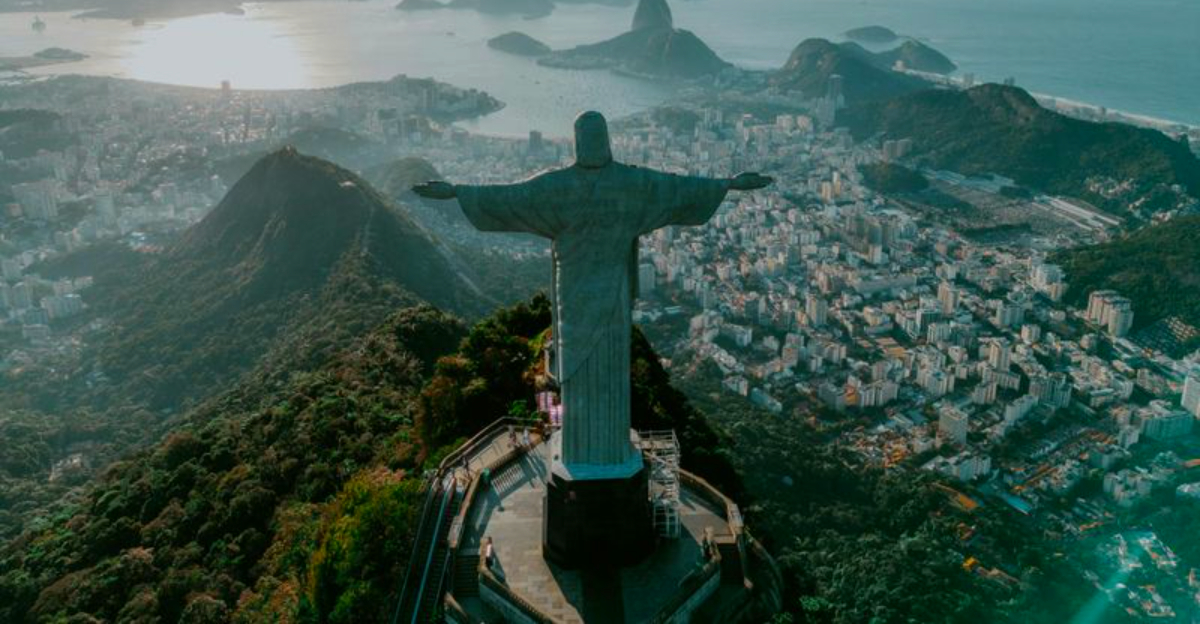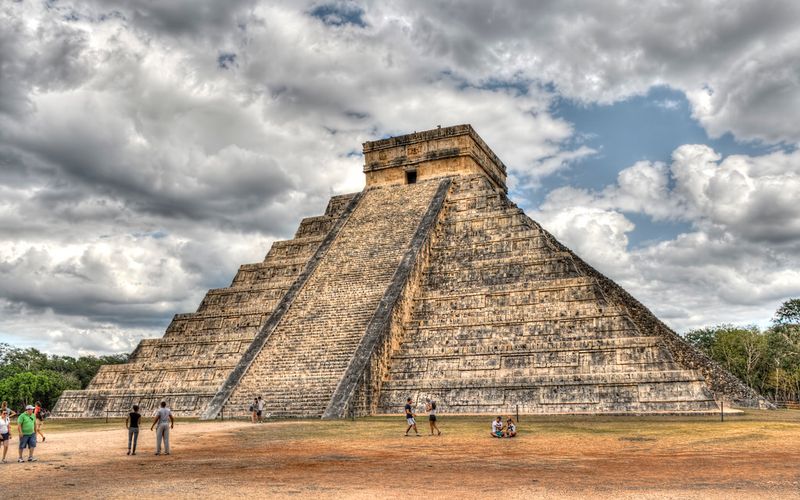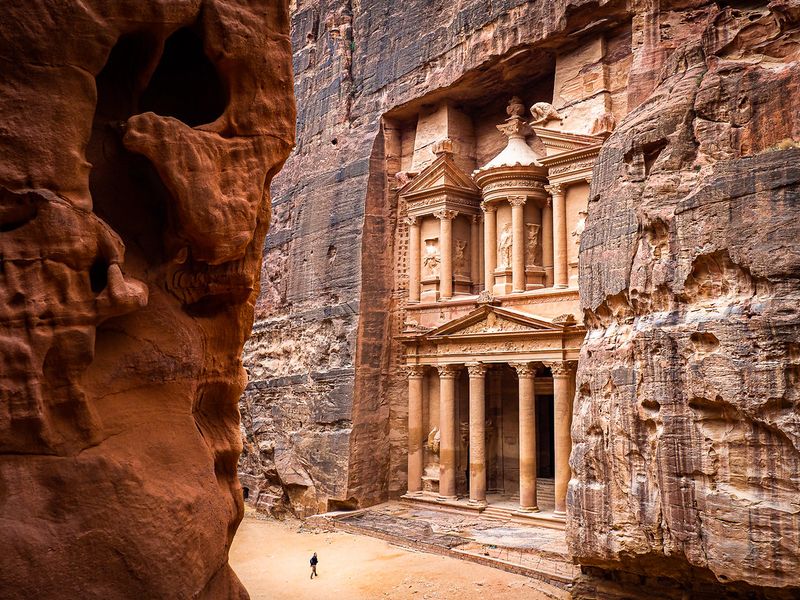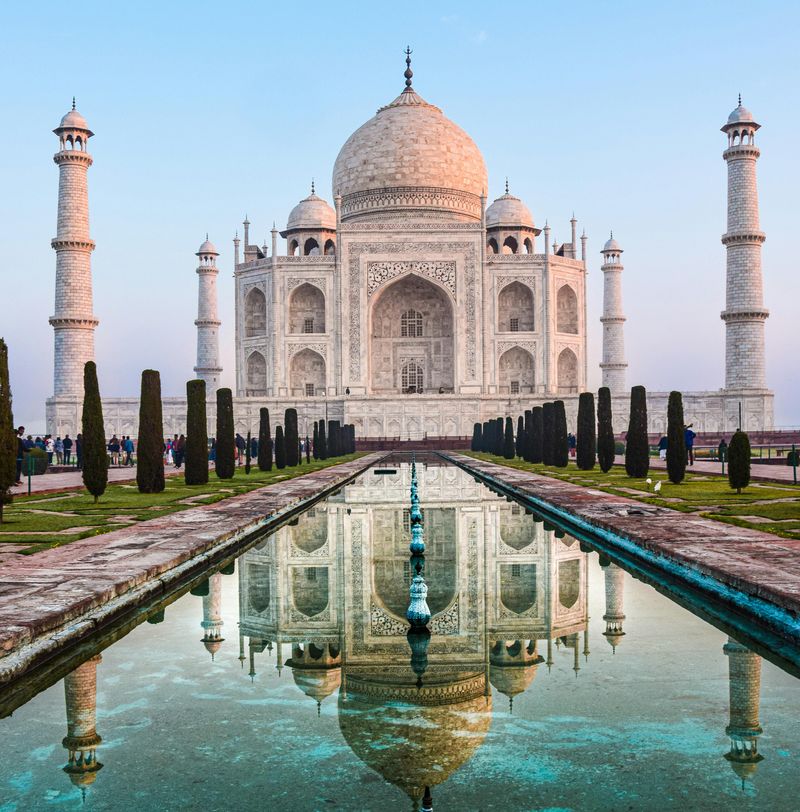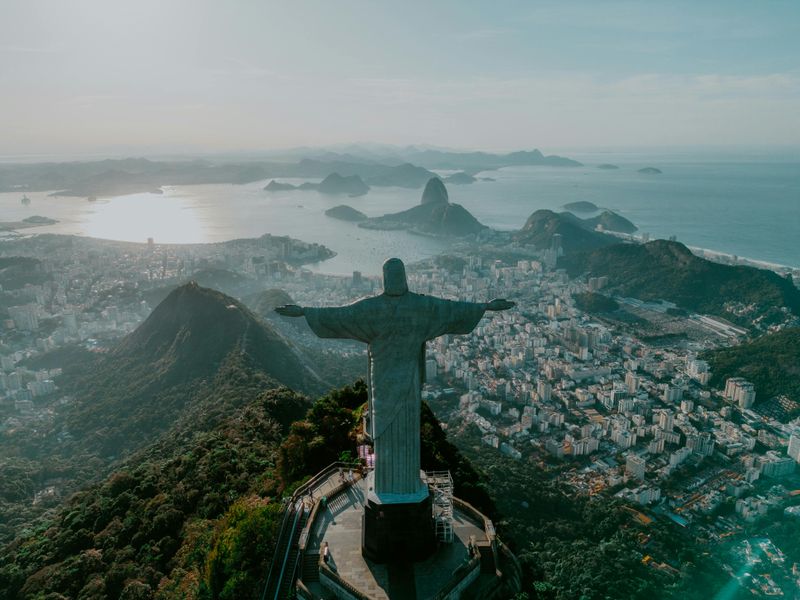<p>Across continents and centuries, humanity has built monuments that take our breath away and remind us just how creative and determined we can be. The Seven Wonders of the World stand as testaments to ancient engineering, artistry, and cultural heritage. Whether you dream of wandering through stone-carved cities or gazing up at colossal statues, these iconic sites invite you to step into history and experience their magic firsthand.</p>
Great Wall of China, China
<p>Stretching across northern China like a stone dragon, the Great Wall winds through provinces including Hebei, Beijing, and Shanxi. This ancient fortification showcases thousands of years of history and breathtaking mountain vistas. For easy access, head to well-known sections like Badaling or Mutianyu near Beijing, where shuttle buses, clear signage, and tourist services make your visit smooth.</p><p>Adventurous souls can explore quieter stretches at Jinshanling or Simatai for peaceful trekking away from the crowds. Early morning visits reward you with cooler temperatures and stunning light without the tourist rush. Check ticketing details ahead of time and plan your route carefully.</p><p>Comfortable walking shoes are essential since steep climbs test your endurance. Bring plenty of water and layers for changing weather conditions. The Wall rewards preparation with unforgettable panoramas and a tangible connection to ancient Chinese civilization.</p>
Chichén Itzá, Yucatán Peninsula, Mexico
<p>Hidden among the jungles of Mexico’s Yucatán Peninsula lies Chichén Itzá, a sprawling Mayan city filled with pyramids, temples, and ball courts. El Castillo, the famous stepped pyramid, dominates the landscape and draws visitors from around the globe. Fly into Cancún or Mérida, then rent a car or book a guided tour for the roughly two-hour journey to the ruins.</p><p>Arriving early beats both the scorching midday heat and the waves of tour groups that descend later. Many excursions bundle Chichén Itzá with visits to other nearby Mayan treasures, giving you a fuller picture of this remarkable civilization. Don’t just snap photos of the main pyramid and leave.</p><p>Wander the sprawling grounds to discover intricate carvings and lesser-known structures. Pack a hat, sunscreen, and breathable clothes since shade is limited. Carry cash for entrance fees and local vendors selling handmade crafts and cold drinks.</p>
Petra, Jordan
<p>Carved directly into rose-red sandstone cliffs, Petra feels like something from a fantasy novel brought to life. This ancient Nabatean city hides in Jordan’s Ma’an Governorate, accessible through a narrow canyon called the Siq that builds anticipation with every step. Fly into Amman, Jordan’s capital, then embark on a scenic two-to-three-hour drive through desert landscapes.</p><p>Stay overnight in nearby Wadi Musa to catch Petra bathed in golden sunrise or sunset light when the rock faces truly glow. Purchase the Jordan Pass online beforehand to cover both your visa and entry fees in one convenient package. Local Bedouin guides offer invaluable insights into Petra’s history and hidden corners you might otherwise miss.</p><p>Wear sturdy walking shoes since the paths are rocky and uneven, sometimes requiring careful footing. The Treasury is just the beginning; explore deeper to find monasteries, tombs, and amphitheaters carved centuries ago.</p>
Machu Picchu, Peru
<p>Perched high in Peru’s Andes mountains, Machu Picchu seems to float among the clouds, a lost city rediscovered and now treasured worldwide. Located in the Cusco Region, this Inca citadel demands respect for both its history and its altitude. Most travelers fly into Cusco, spend a day acclimatizing to the thin air, then board a scenic train to Aguas Calientes before catching a bus or hiking up to the ruins.</p><p>Book your tickets well in advance since daily visitor limits are strictly enforced to protect the site. Dawn arrivals offer magical lighting and fewer crowds, letting you soak in the atmosphere without constant jostling. Altitude sickness is real, so take acclimatization seriously by spending time in Cusco or the Sacred Valley beforehand.</p><p>Carry plenty of water and a warm jacket since temperatures plummet at high elevations, even when the sun shines. Walking the ancient terraces and stone pathways connects you directly to Inca ingenuity and spirituality.</p>
Taj Mahal, Agra, India
<p>Built as a monument to eternal love, the Taj Mahal gleams white against the Indian sky in Agra, Uttar Pradesh. Emperor Shah Jahan commissioned this marble masterpiece in memory of his beloved wife, and its beauty still leaves visitors speechless. Fly into Delhi, then take a train or drive roughly two to three hours to reach Agra and this architectural wonder.</p><p>Sunrise visits are absolutely worth the early alarm since soft morning light bathes the marble in pink and gold hues while crowds remain manageable. Explore the surrounding gardens and intricate interior at a leisurely pace, letting the craftsmanship sink in. Dress modestly out of respect, and remember that shoes must be removed or covered before entering certain areas.</p><p>Audio guides or local guides enrich your understanding of the symbolism, construction techniques, and romantic history behind every detail. The reflecting pools offer perfect photo opportunities, but the real magic lies in standing before this testament to devotion.</p>
Colosseum (Flavian Amphitheatre), Rome, Italy
<p>Rome’s Colosseum stands as a powerful reminder of the Roman Empire’s grandeur and brutality, where gladiators once battled for their lives before roaring crowds. Located in central Rome, this massive amphitheater dominates the cityscape and pulls you back two thousand years. Skip-the-line tickets or guided tours booked in advance save you hours of waiting in the Italian sun.</p><p>Early morning or late afternoon visits help you avoid peak tourist times when the site becomes a sea of selfie sticks and tour groups. Combine your Colosseum visit with the nearby Roman Forum and Palatine Hill to understand the full context of ancient Roman life. Walking the upper levels gives you better views of the arena floor and the city beyond.</p><p>Wear comfortable shoes since ancient paving stones are uneven and can be slippery. Bring a water bottle to stay hydrated while exploring the multiple levels and imagining the spectacles that once unfolded here under the Mediterranean sun.</p>
Christ the Redeemer, Rio de Janeiro, Brazil
<p>With arms stretched wide over Rio de Janeiro, Christ the Redeemer welcomes visitors to one of the world’s most vibrant cities from atop Corcovado mountain. This Art Deco statue has become Brazil’s most recognizable symbol, blending faith, art, and breathtaking views. Take a scenic train or van ride from Rio’s center up through lush Tijuca Forest to reach the summit.</p><p>Early morning visits offer cooler temperatures and clearer views before clouds roll in, which often happens by midday. Beyond admiring the statue itself, explore the surrounding Tijuca Forest trails for nature walks among tropical vegetation and wildlife. The panoramic views of Rio’s beaches, mountains, and urban sprawl are simply stunning from this vantage point.</p><p>Watch the weather forecast closely since clouds frequently obscure the statue and views during certain times of day or seasons. Bring a light rain jacket if visiting during rainy season, and prepare for crowds since this is one of Brazil’s most visited attractions.</p>
